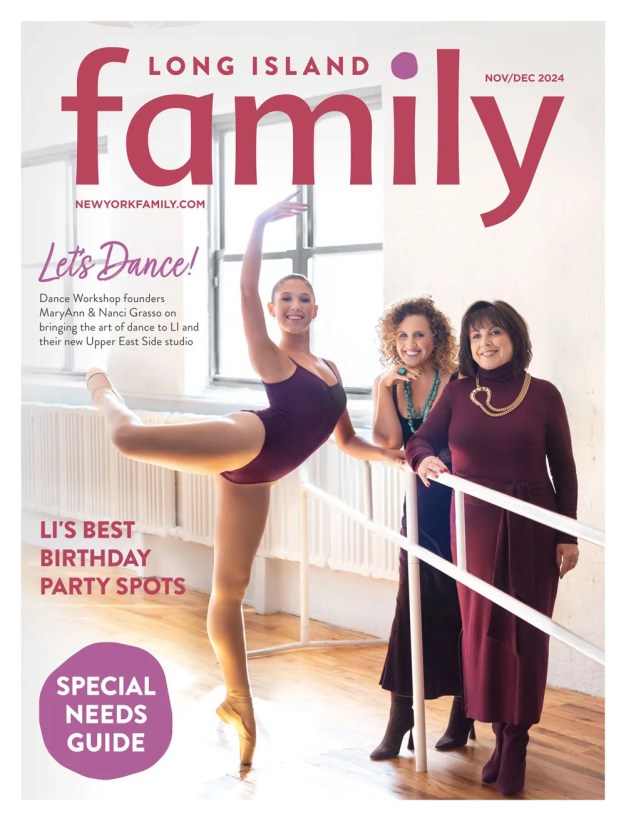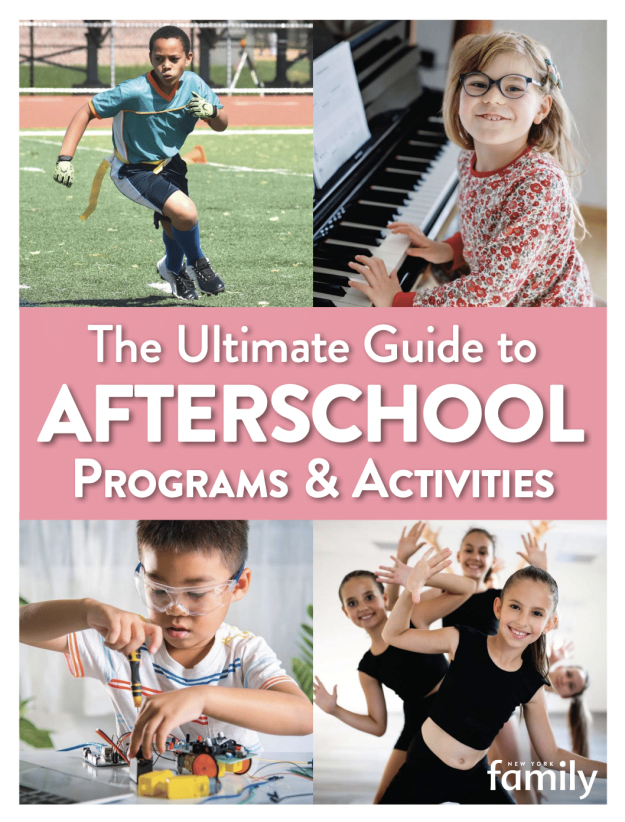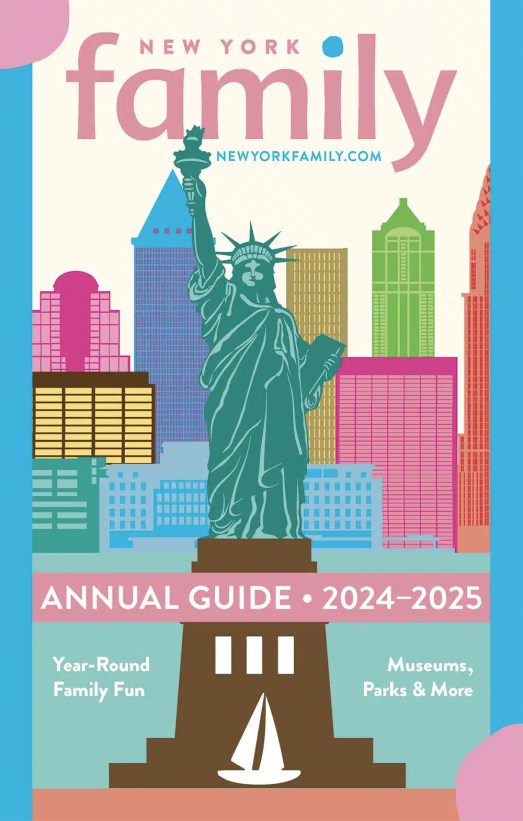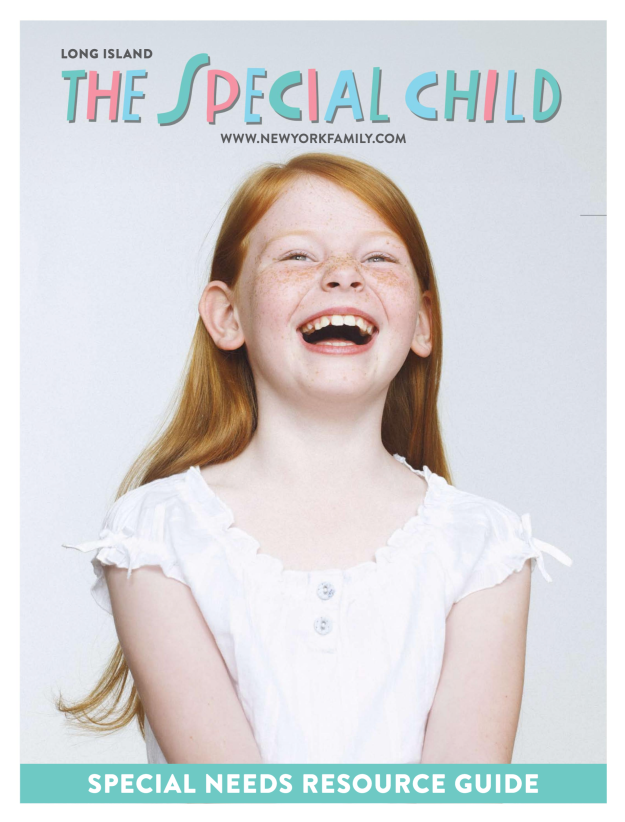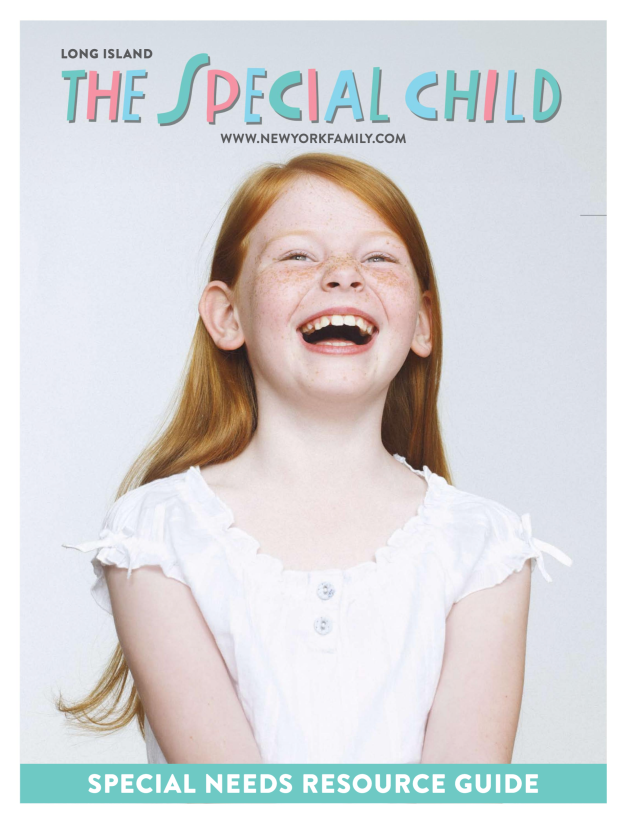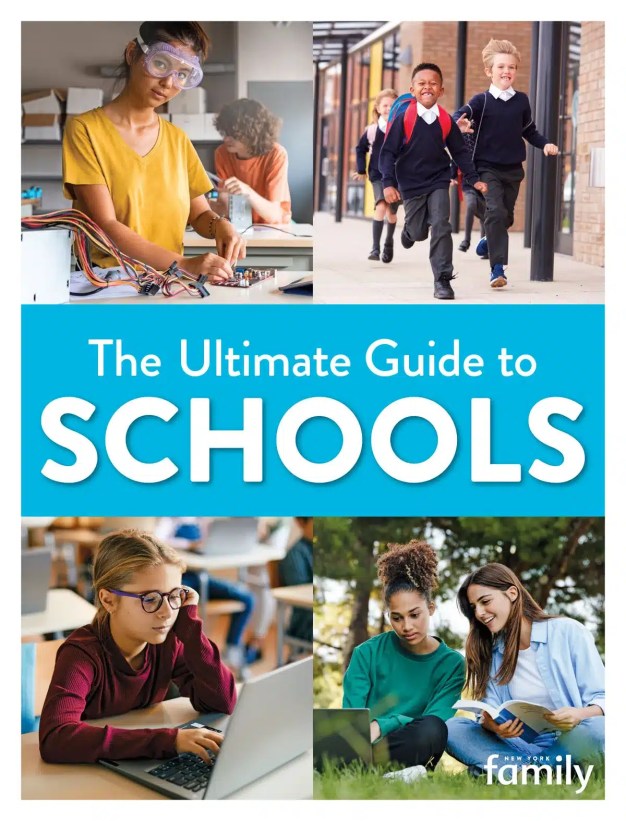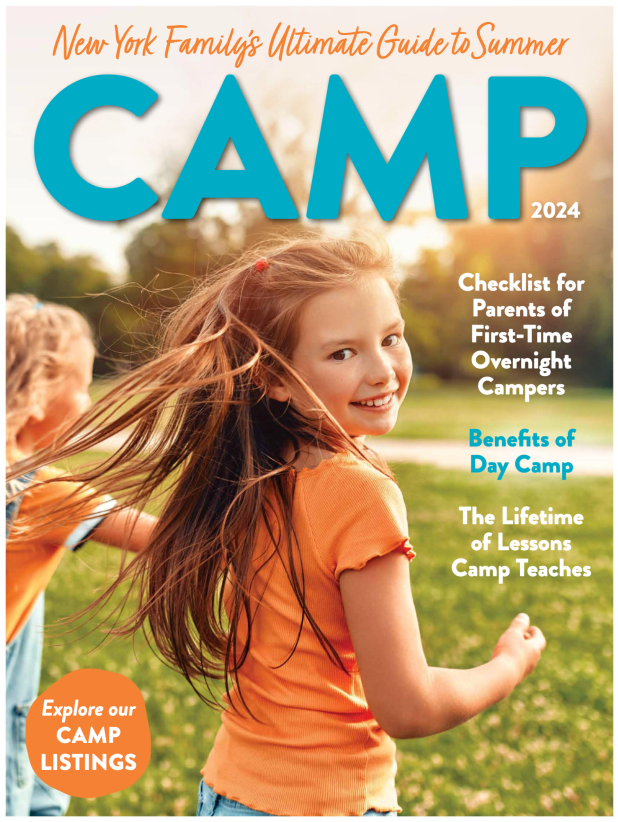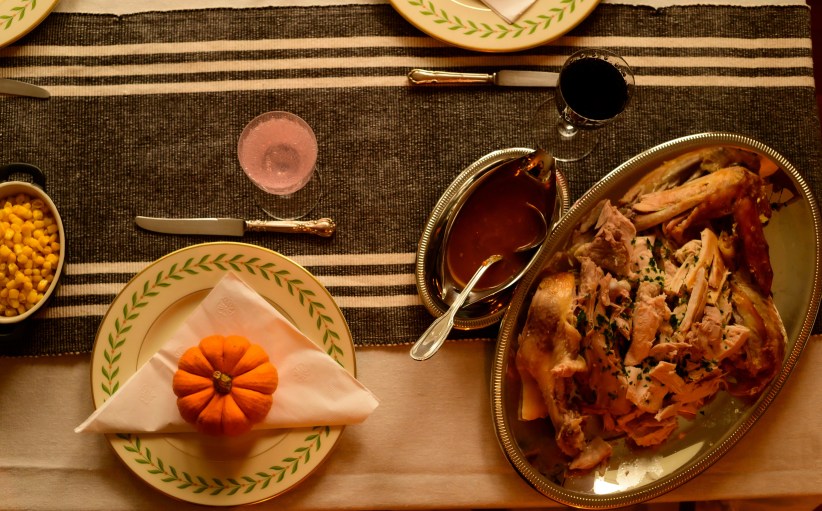The Children’s Museum of Manhattan announced the release of a new educational curriculum that was created with the help of the National Institutes of Health last month.
Designed specifically for children from the ages of 2 to 5 and their parents, the program uses creative strategies to show kids how to make healthy lifestyle choices. Although the curriculum itself is called EatPlayGrow, the $1.2 million exhibit on the first floor of the museum has a more enticing name for its younger visitors — “EatSleepPlay: Building Health Every Day.”
Other curriculum development partners of the museum were the National Heart, Lung, and Blood Institute and Let’s Move!, First Lady Michelle Obama’s childhood obesity initiative.
In a press statement from the White House, the First Lady thanked the Children’s Museum of Manhattan for working on the EatSleepPlay program, which she had just seen implemented at the Louisiana Children’s Museum in New Orleans.
“Museums inspire us to stretch our imaginations and play an important role in exposing Americans of all ages and backgrounds to new ideas,” she wrote. “They can also teach our children new skills and ways of thinking and even promote lifelong wellness.”
The exhibit has a big agenda to push.
Within the last 30 years, the prevalence of childhood obesity has more than doubled among children ages 2 to 5, and has almost tripled among children ages 6 to 11 and adolescents ages 12 to 19.
“The rise of obesity in children is a serious public health concern,” said Dr. Francis Collins, director of the National Institutes of Health. “This unique partnership brings the latest NIH childhood obesity science to life through fun and familiar kids’ activities like art, storytelling, music, and dance.”
Although the display is set-up to educate 2- to 5-year-olds and their parents, I brought my 7-year-old daughter to the exhibit, and she loved it. First, she walked up the tongue of a child and into his brain.
Decision Center
According to a description of the exhibit in The New York Times, when the child enters “the brain chamber, labeled ‘Decision Center,’ children can compete in a digital game to achieve the longest life span.”
Children can play another game in the Decision Center called “Choices Change YOUR World!” As The New York Times describes, the game “lets them navigate a Central Park landscape as a tiny avatar, a beating heart … children playing the game at side-by-side video screens could earn points by touching healthy choices — a banana or apple as a snack — or lose them by selecting, say, soda or a cupcake. The heart and the Central Park scene visibly brightened as points accumulated.”
If a child chooses cigarettes, the Central Park landscape plunges into a dark winter.
Consequences
My daughter then crawled into a long row of red septic tanks that appeared to be the intestines of a stomach.
Once inside, she could push a handlebar that fills the virtual stomach up with spaghetti. Crawling through the rest of the digestive system, she could hear noises imitative of food being digested, and exit right next to a toilet, which she flushed multiple times to observe its very realistic contents.
Eat
Following her experience with the toilet, my daughter rushed over to a two-storied space that represented a New York City Green Cart.
While putting plastic fruits and vegetables on a conveyer belt, she ran up to the second tier to find a toddler pulling the belt. She then picked up her vegetables and fruits, threw them down a narrow chute, and then slid down a slide to the floor to fetch them again.
Sleep
EatSleepPlay is the first exhibit ever to stress the importance of sleep for overall good health. In the sleep area, my daughter played push-button games to learn about what happens when she sleeps and see the negative effects of too little slumber.
By playing a memory game, she discovered good bedtime routines and spent a few minutes trying her hand at a foosball table, but then figured that the “well-rested” team is rigged to always beat the “tired” team.
Play
In the play area, there was a stationary bicycle that entranced my daughter. While riding the bike, she would push a button with a name of a food on it and then the bike would tell her how many calories each food had and how long she had to ride the bike to burn up the calories. She kept pushing the button that read “potato chips,” allowing her to pedal non-stop for five minutes.
Next, my daughter went on to a Whac-A-Mole-like arcade game where, if she held onto an electronic bar before and after playing the game, she could see how her pulse rate increased when she exercised.
She also ran through a small, dark pathway emitting laser beams. Reacting to this environment, she created a fun zigzag way of walking — a form of exercise.
• • •
After we visited the other floors of the museum and finally exited on to the street, my daughter told me she wanted to go through the “EatSleepPlay” exhibit again.
She has rarely asked me to take her back to an exhibit right after leaving.
The EatPlayGrow curriculum has been tested and implemented in New York City and New Orleans community centers, children’s museums, childcare providers, and home-based childcare providers.
The Michael Cohen Applied Research Group, the Dynamic Research Corporation, and the CUNY School of Public Health at Hunter College conducted evaluations of the participants and presented a summary of their findings.
According to their summary, “Evaluation findings to date show that across multiple settings and with varying audiences, participants made clear changes to their purchasing preferences and food habits; show positive shifts in attitudinal and behavioral changes about food, physical activity and sleep; and the importance of working with children at a very early age.”
“EatSleepPlay” at the Children’s Museum of Manhattan [212 W. 83rd St. between Broadway and Amsterdam Avenue on the Upper West Side, (212) 721–1234, www.cmom.org].
Allison Plitt is a freelance writer who lives in Queens with her husband and daughter. She is a frequent contributor to New York Parenting.






